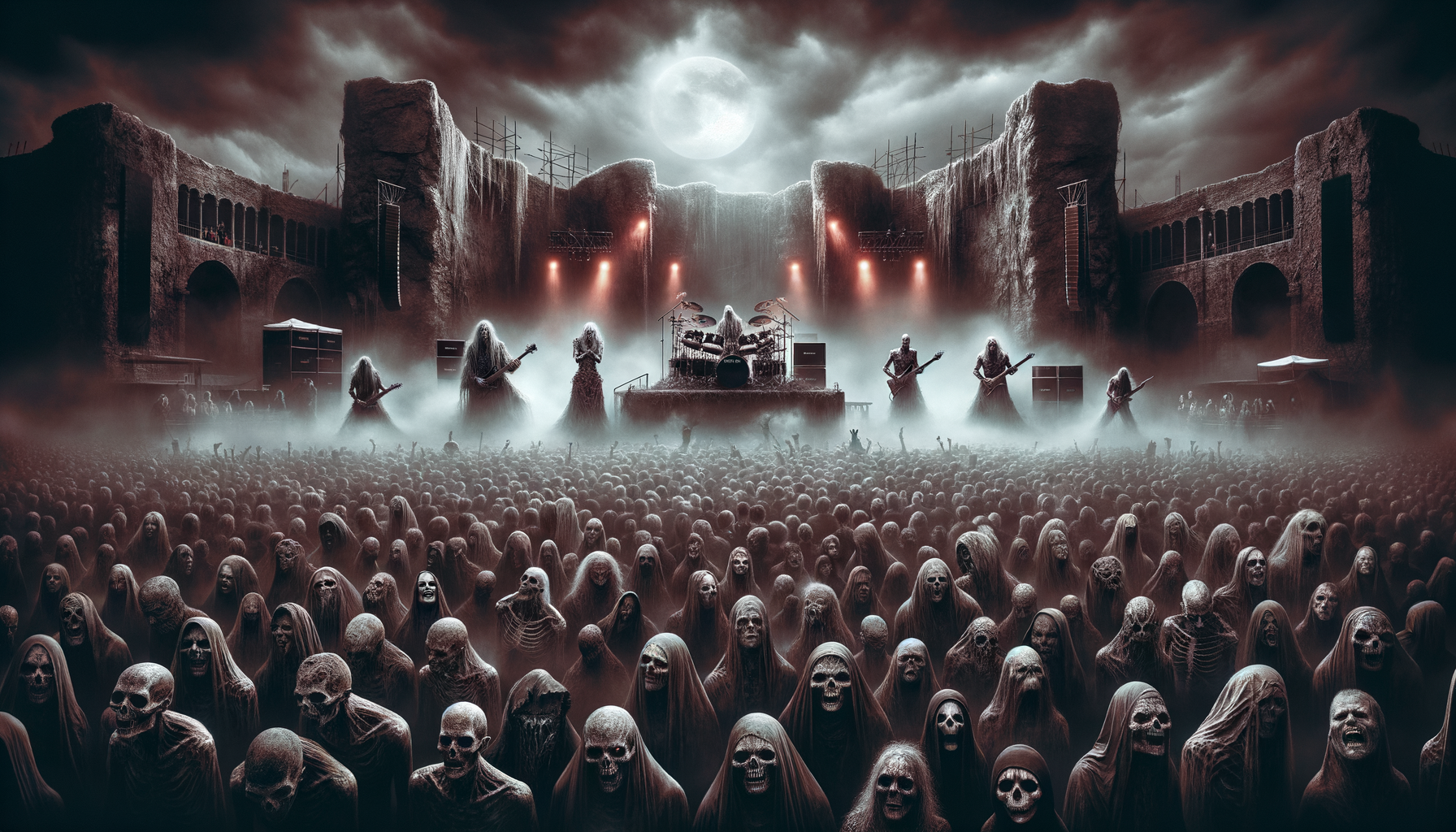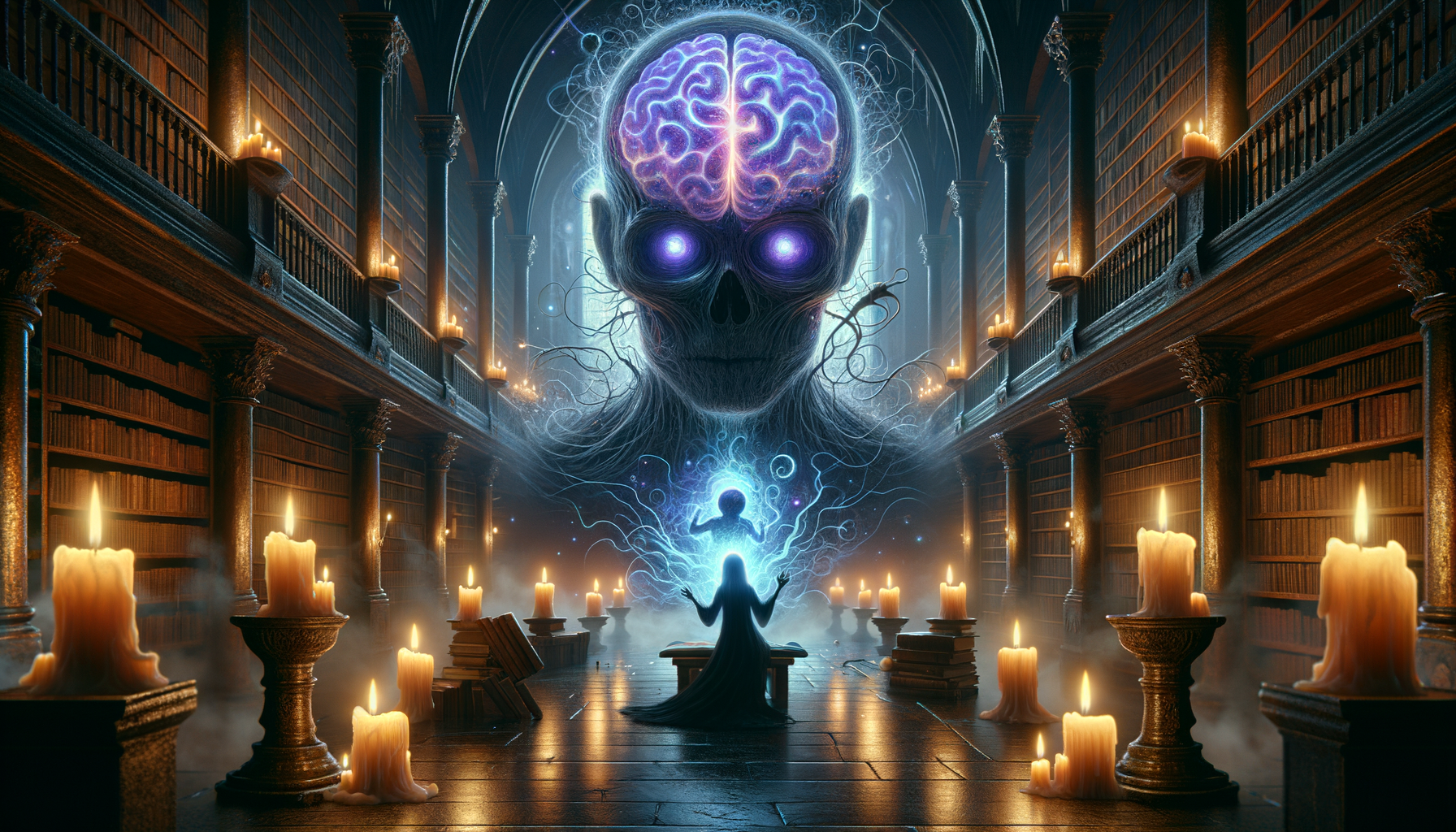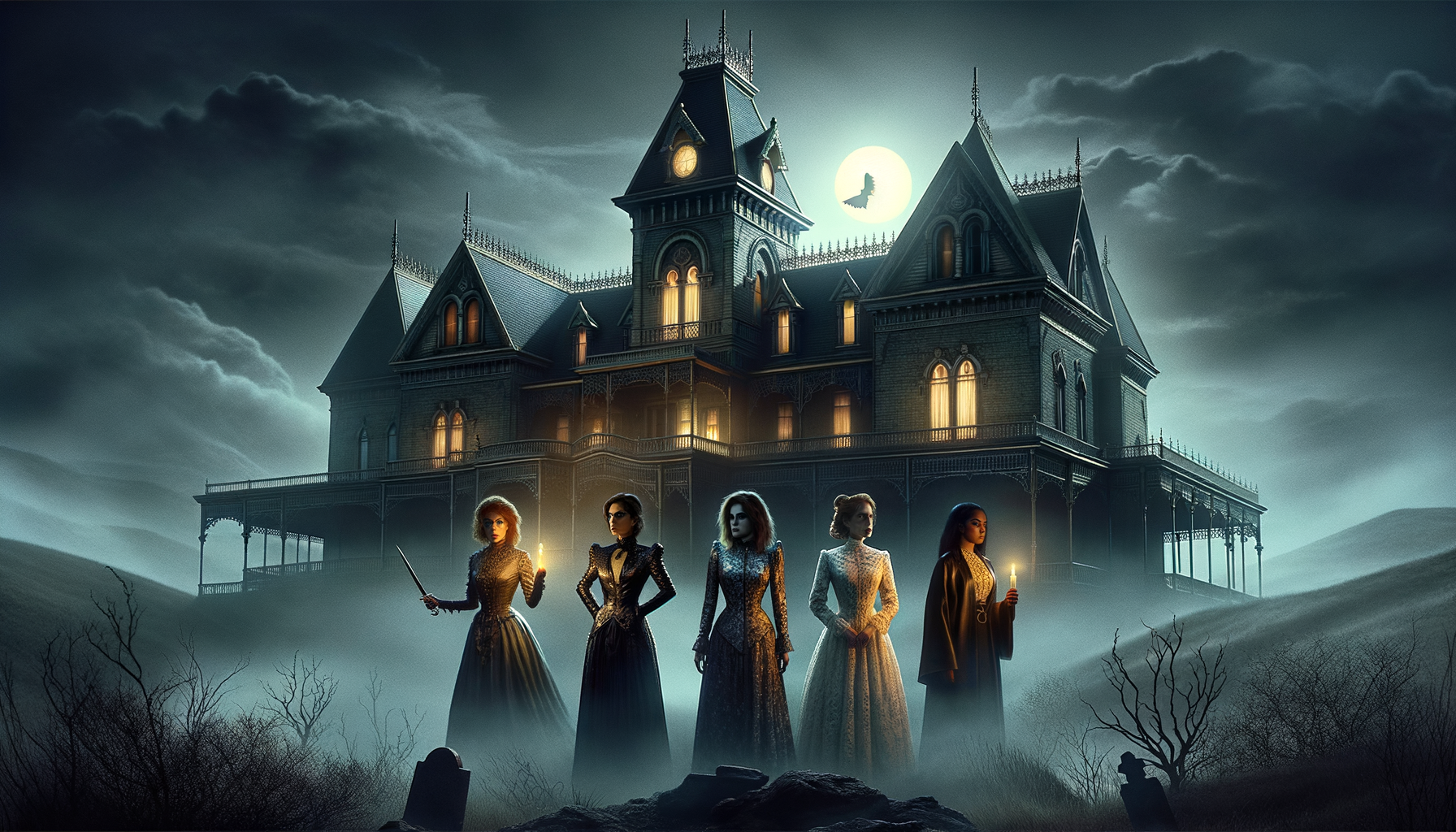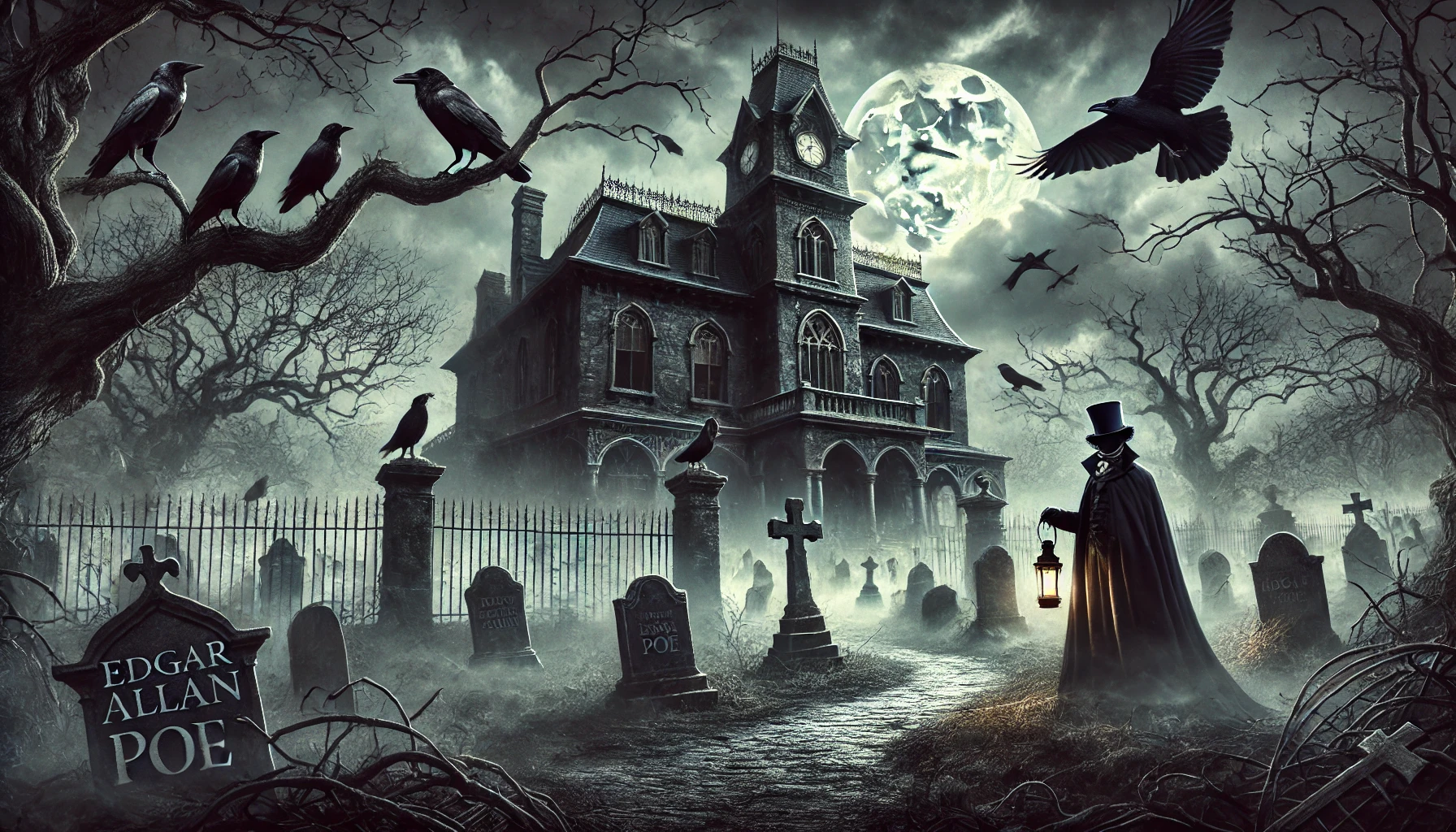Are you ready to dive into a world where music meets mayhem? There’s an eerie connection between heavy metal and horror, one that fans of both have delighted in for decades. Think of how Slipknot’s sinister masks amplify their stage presence, or how Iron Maiden’s ‘Number of the Beast‘ sends shivers down your spine. Both genres feed off intense emotions, striking chords of fear, rebellion, and the macabre. This article uncovers the fascinating links between heavy metal and horror, guaranteed to leave you intrigued—and maybe a little scared!
The Historical Intersection of Heavy Metal and Horror
Let’s dive into the fascinating intersection of heavy metal and horror, a relationship that started taking shape in the late 1960s and 1970s. Heavy metal emerged during this period as a powerful new genre in the music world. One of the earliest and most influential bands in this space was Black Sabbath, whose horror-inspired themes set the stage for future bands. With songs like “Black Sabbath” and “Iron Man,” they created a dark, ominous atmosphere that resonated with fans of the macabre.
To understand the full picture, it’s essential to trace the history of horror itself. From the eerie tales of Gothic literature, like Mary Shelley’s “Frankenstein” and Bram Stoker’s “Dracula,” to the chilling visuals of modern-day cinema, horror has always captivated the imagination. Key moments in this journey include the Universal Monsters era of the 1930s and the slasher films of the 1980s. These cultural milestones have, in turn, influenced the thematic and aesthetic choices of heavy metal bands over the decades.
Thematic Connections Between Heavy Metal and Horror
Heavy metal and horror share several thematic elements that make their intersection so compelling. Both genres often explore themes of death, the supernatural, and rebellion against societal norms. The lyrics and imagery in heavy metal songs frequently echo the narratives found in horror stories, creating a rich tapestry of dark and provocative content.
Take, for example, bands like Slayer, Mercyful Fate, and Rob Zombie. Slayer’s “Reign in Blood” album is filled with references to death and destruction, while Mercyful Fate’s “Melissa” delves into occult themes. Rob Zombie, a musician and filmmaker, seamlessly blends horror and heavy metal in both his music and movies. Albums like “Hellbilly Deluxe” are steeped in horror-themed elements, from their cover art to their lyrical content.
Visual and Aesthetic Parallels
The visual elements of heavy metal often borrow heavily from horror aesthetics. This is evident in everything from album covers to stage performances. Bands like GWAR and Alice Cooper are known for their theatrical live shows, which often resemble horror scenes with elaborate costumes, makeup, and props.
Notable music videos also reflect this horror influence. Iron Maiden’s “Number of the Beast” and Metallica’s “Enter Sandman” are prime examples of how horror imagery can enhance the storytelling in heavy metal music. Moreover, collaborations between heavy metal bands and horror filmmakers have produced some iconic moments. Rob Zombie’s transition from musician to horror director is a testament to the deep connection between the two genres.
Cultural Impact and Fanbase Overlap
Why do fans of heavy metal often gravitate towards horror? Both genres have long been a refuge for those who feel like outsiders, offering a sense of community and belonging. They play significant roles in counter-culture movements, challenging societal norms and pushing boundaries.
Festivals and events celebrating the fusion of heavy metal and horror are becoming increasingly popular. Events like the “Housecore Horror Film Festival” founded by Phil Anselmo of Pantera, bring together fans of both genres for a unique experience. Interviews with prominent figures in both scenes, like Alice Cooper and John Carpenter, reveal a mutual admiration and influence that has shaped their work.
Modern-Day Connections
Contemporary heavy metal bands continue to draw inspiration from horror, ensuring that this symbiotic relationship remains strong. Bands like Ghost and Behemoth incorporate horror elements into their music and visuals, keeping the tradition alive. Looking ahead, it’s likely that the intersection of these genres will only deepen, especially with advancements in technology and media.
Streaming platforms and social media have made it easier than ever for fans to discover new music and films, further blurring the lines between heavy metal and horror. As virtual reality and other immersive technologies evolve, we can expect even more innovative collaborations that push the boundaries of both genres.
In conclusion, the historical and thematic connections between heavy metal and horror have created a rich, multifaceted relationship that continues to evolve. From their shared themes and aesthetics to their cultural impact and fanbase overlap, these genres are intertwined in ways that are both profound and endlessly fascinating.
Conclusion
From haunted riffs to gory album covers, the connection between heavy metal and horror is undeniable—and incredibly captivating. Whether you’re a die-hard fan or a curious newcomer, exploring this macabre musical marriage opens up a world of spine-tingling thrills. Ready to dive deeper? Check out our recommended listening list and prepare for a journey into the dark and delightful world of heavy metal horror. Keep the volume up and the lights down low!




